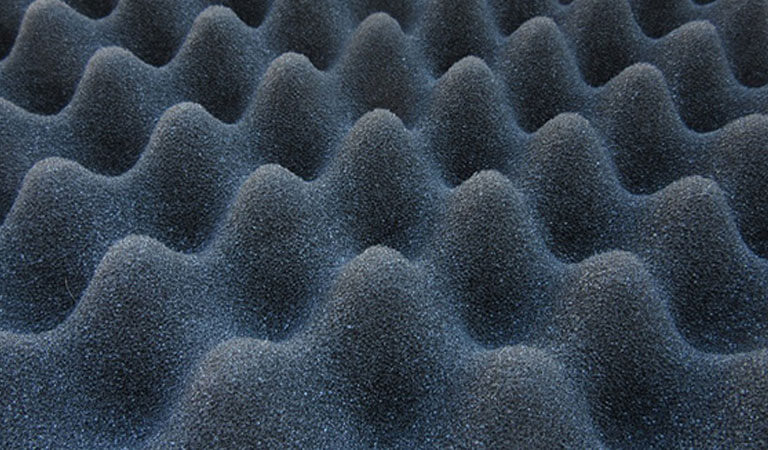El proceso de producción de espuma consta de cuatro etapas en las que el agente químico de soplado desempeña un papel fundamental. Este agente químico puede generar gases, generalmente nitrógeno, dióxido de carbono, humedad y otros gases en pequeñas cantidades. El gas ideal es el nitrógeno, que presenta baja permeabilidad, es inodoro y no tóxico, y produce una espuma con buenas propiedades y poros homogéneos.
Durante el proceso de fabricación, el agente químico de soplado debe dispersarse uniformemente en el polímero en el momento adecuado, generalmente cuando el polímero está en estado líquido o fundido. Esta etapa implica la mezcla del agente de soplado y el polímero en forma densa o abierta, y requiere considerar una temperatura de refinado inferior a la temperatura de descomposición del agente de soplado.
En la segunda etapa, el sistema forma un gran número de burbujas individuales, momento en el cual es necesario añadir un agente nucleante para facilitar la formación de burbujas pequeñas, que de otro modo resultarían en poros extremadamente heterogéneos. Los agentes nucleantes suelen ser partículas inertes finas, como carbonato de calcio, caolín, negro de humo, etc.

En la tercera etapa, las vesículas formadas inicialmente continúan aumentando de tamaño a medida que más gas pasa a través del polímero hacia ellas. Si el tiempo es suficiente, las vesículas individuales entrarán en contacto y se fusionarán, formando una espuma de celdas abiertas; de lo contrario, si las vesículas no están conectadas entre sí, se forma una espuma de celdas cerradas. La fusión de vesículas continúa indefinidamente y la espuma colapsará.
En la última etapa, a medida que aumenta la viscosidad del polímero, el agente de soplado se descompone prácticamente por completo, se detiene la formación de burbujas y la espuma se estabiliza, convirtiéndose en un producto estereotipado. La viscosidad del polímero puede aumentarse mediante enfriamiento, reticulación y otros métodos. La duración de estas tres etapas puede ser tan corta como una fracción de segundo, y la más larga, no más de unos pocos segundos.
La calidad de la espuma está estrechamente relacionada con la descomposición del agente de soplado y la viscosidad del material polimérico. Generalmente, se requiere que la descomposición del agente de soplado y el proceso de gelificación del material polimérico coincidan, o que la gelificación se produzca ligeramente antes que la descomposición del agente de soplado. De lo contrario, no será posible obtener una espuma con un buen rendimiento. Un retraso en el proceso de gelificación con respecto al de espumación provocará una baja viscosidad de la pared porosa, el ablandamiento de la espuma o incluso la incapacidad de soportar el material, lo que provocará su colapso. Por el contrario, una pared porosa demasiado resistente generará una presión excesiva en su interior, lo que provocará su desgarro y grandes grietas en el centro de la espuma.



Artículos Relacionados
Garantía de calidad y control de calidad | Definición-Diferencia-Métodos-Proceso
¿Qué es el moldeo por inyección-part1
Algunos consejos lo ayudan a comprender las máquinas eléctricas de moldeo por inyección